What is professional audio
 Sep 21,2024
Sep 21,2024

 Shuoyi
Shuoyi
Professional Audio Introduction to Professional Audio
A professional audio system consists of sound sources (music playback equipment, pickup equipment, i.e. microphones), control equipment (analog or digital mixing consoles), audio processors (previously using peripheral devices such as effectors, equalizers, limiters, dividers, signal distributors, and delay devices, but now there are also digital system controllers that integrate the above functions), power amplifiers (amplifiers), and speakers. The above devices are connected in series using various types of wires and cables.
Professional audio equipment has high requirements for users, who have a thorough understanding of the functions and usage of various equipment, possess professional theoretical knowledge, accurate listening ability, strong debugging skills, and emphasize the ability to diagnose and troubleshoot faults. The difficulty lies in designing and debugging the system.
The application of professional audio
The acoustic characteristics of professional audio systems should not only meet the requirements of national standards for acoustic characteristic indicators, but also meet the subjective listening requirements, because acoustic characteristic indicators cannot fully reflect the actual sound effect. The quality of sound is ultimately determined by people's subjective listening experience. In acoustic design, electro acoustic and acoustic design should be well coordinated to meet the following subjective listening requirements: appropriate loudness.
Loudness is the perceived intensity of actual listening, which is directly related to the maximum sound pressure level indicator of the sound reinforcement system. For performance, only by achieving sufficient loudness can the sound effect be fully expressed. The output power of the system and the placement of the speakers will directly determine the loudness state of the listening area: high definition.
When used as a speech, it is necessary to ensure the clarity of language. If people cannot hear the speaker's language clearly, it will affect the effectiveness of the speech. Therefore, in the design of electroacoustic systems, it is necessary to fully consider improving language clarity: sufficient fullness.
A performance effect with good fullness can make the vocals full, rich, and the music melodious and active. In the electroacoustic system, only by effectively processing the sound signal through the use of audio peripheral equipment and selecting speakers reasonably, can the richness of the sound meet the requirements. Computer aided design of acoustic characteristics of sound reinforcement system is an ideal method for engineering design using modern technology, with high accuracy, efficiency, and more importantly, the engineering design results can be known without waiting for installation and commissioning. The acoustic characteristic computer design system has very good credibility and accuracy. When the input acoustic data of the hall is accurate enough, the calculated data can be compared with the final measured results of the acoustics, and the error can be controlled within decibels. For engineering design and installation debugging, this is already sufficient, and it also has good guidance for design, installation, and debugging, which has been well verified in previous engineering designs. Using an acoustic CAD computer system to design and calculate the acoustic characteristics of sound reinforcement systems in auditoriums, sports halls (venues), multifunctional halls, and lecture halls means that the design and installation results can be known without waiting for the system to be installed, debugged, and measured. In other words, based on the audio system and design calculation results provided in this design scheme, the expected acoustic characteristics of the sound reinforcement system have been clearly seen.
Terminology of professional audio
1. Sound pressure level
The logarithmic value of 20 times the ratio of actual sound pressure to reference sound pressure, measured in decibels. It is an important indicator for measuring the sound output of a sound system and the acoustic quality of a sound amplification venue.
2. Sound amplification power
The amplification power refers to the rated power required by the amplification equipment to reach the rated amplification sound pressure level of the system design. Its unit is watts. It is a direct reflection of acoustic indicators on electroacoustic parameters, and it will be related to the final cost of the project, so it is also particularly important.
3. Hmph
The 50Hz AC sound is named after its low frequency and similarity to humming sound. Excessive power ripple coefficient and poor anti-interference performance of audio equipment can cause humming sound.
4. Pure tone
The sound of a sine signal is a sound with a clear single tone in auditory perception, such as the sound produced by a tuning fork.
5. Intermodulation distortion
Intermodulation distortion refers to a signal distortion in which a single audio signal with two amplitudes mixed in a certain ratio (usually 4:1) produces new frequency components after passing through a playback device.
6. Octave band
The frequency range between two sounds with a frequency of 2, and the pitch relationship between one octave and one octave, that is, for every doubling of frequency, the pitch increases by one octave.
The difference between professional audio and home audio
The difference between professional audio and home audio lies in their usage scenarios. Home speakers are generally used for home playback, characterized by delicate and soft sound quality, exquisite and beautiful appearance, low sound pressure level, and relatively low power capacity. Professional audio systems are generally used in professional entertainment venues such as dance halls, karaoke bars, theaters, auditoriums, and sports venues. Generally, professional audio systems have high sensitivity, high sound pressure, good strength, and high power tolerance. Compared with home audio systems, their sound quality is relatively hard and their appearance is not very exquisite. However, in professional audio systems, the performance of monitoring speakers is similar to that of home audio systems, and their appearance is generally delicate and compact. Therefore, this type of monitoring speaker is often used in home Hi Fi audio systems.

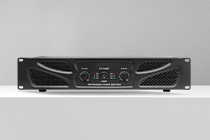
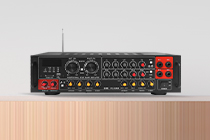
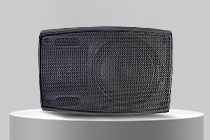


 Home
Home Digital Audio
Digital Audio  You May Also Like
You May Also Like
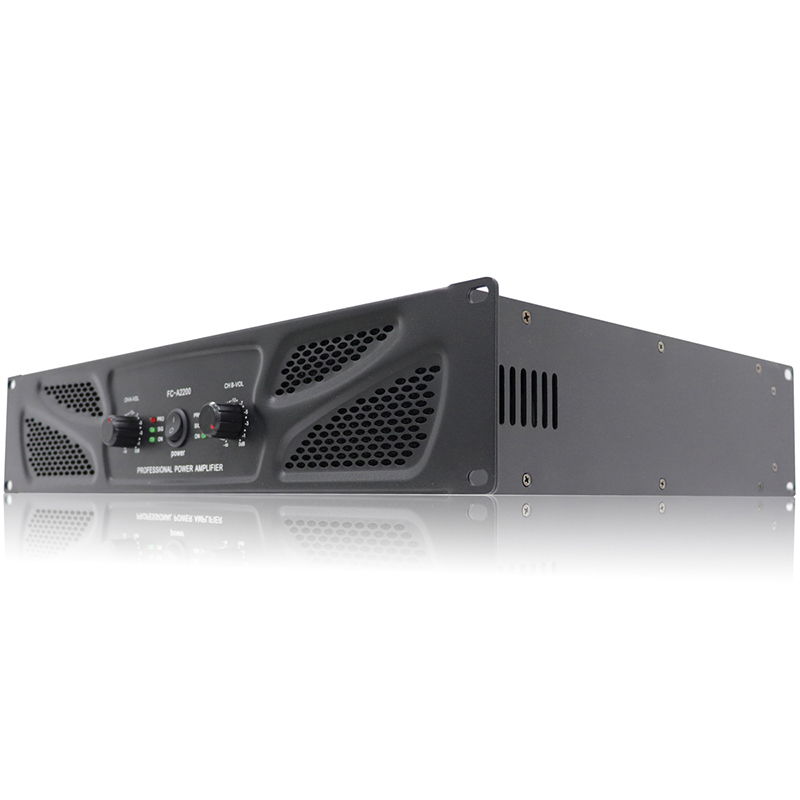

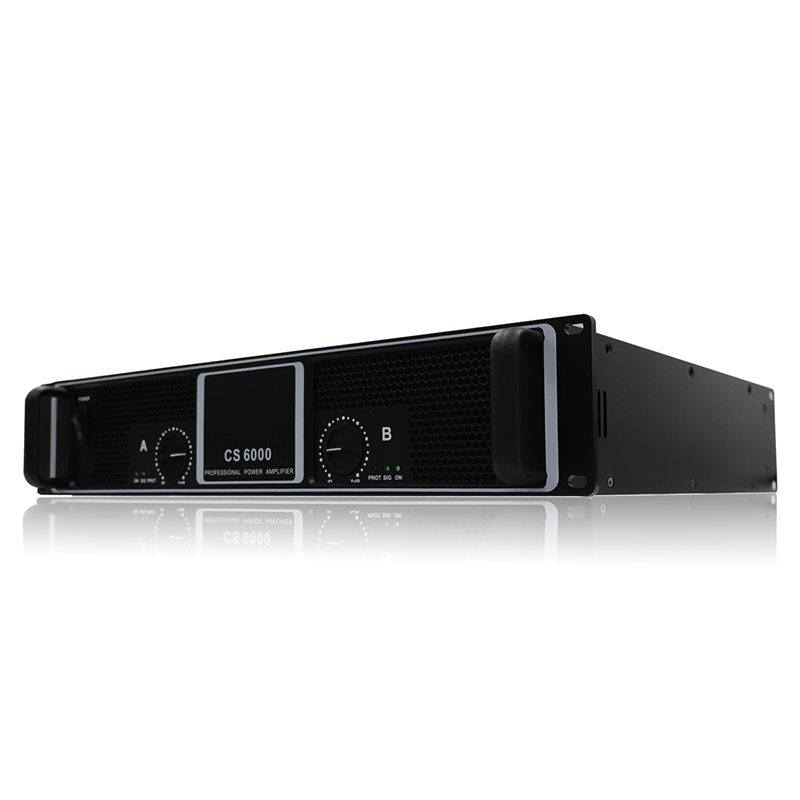
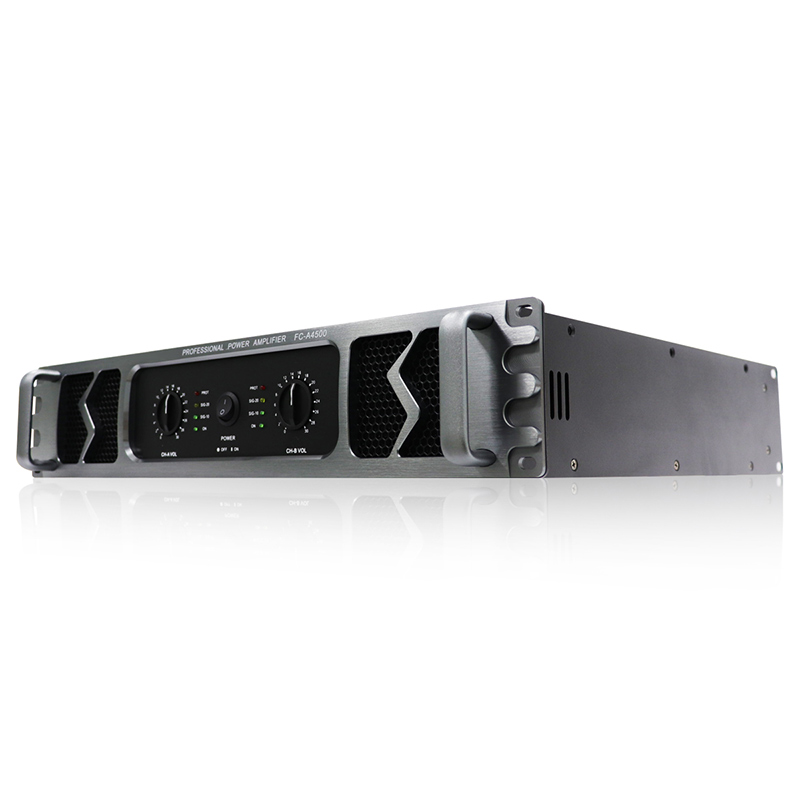
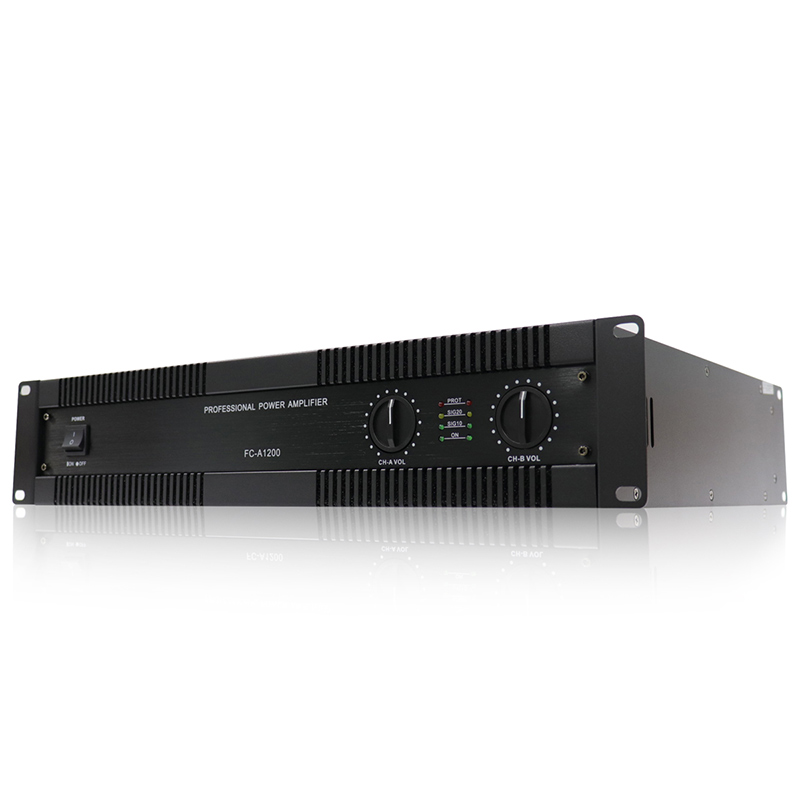
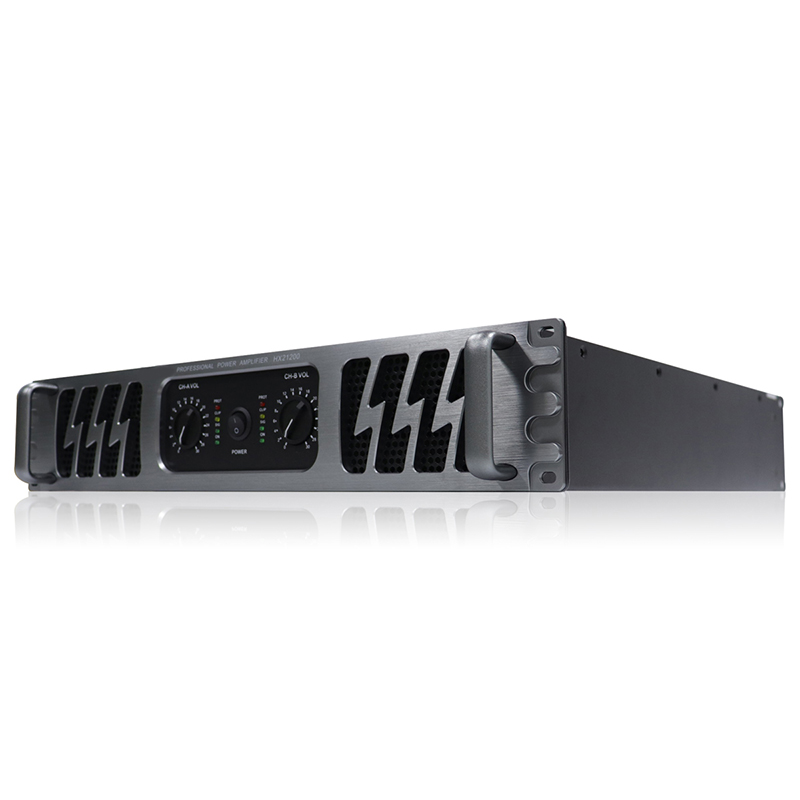
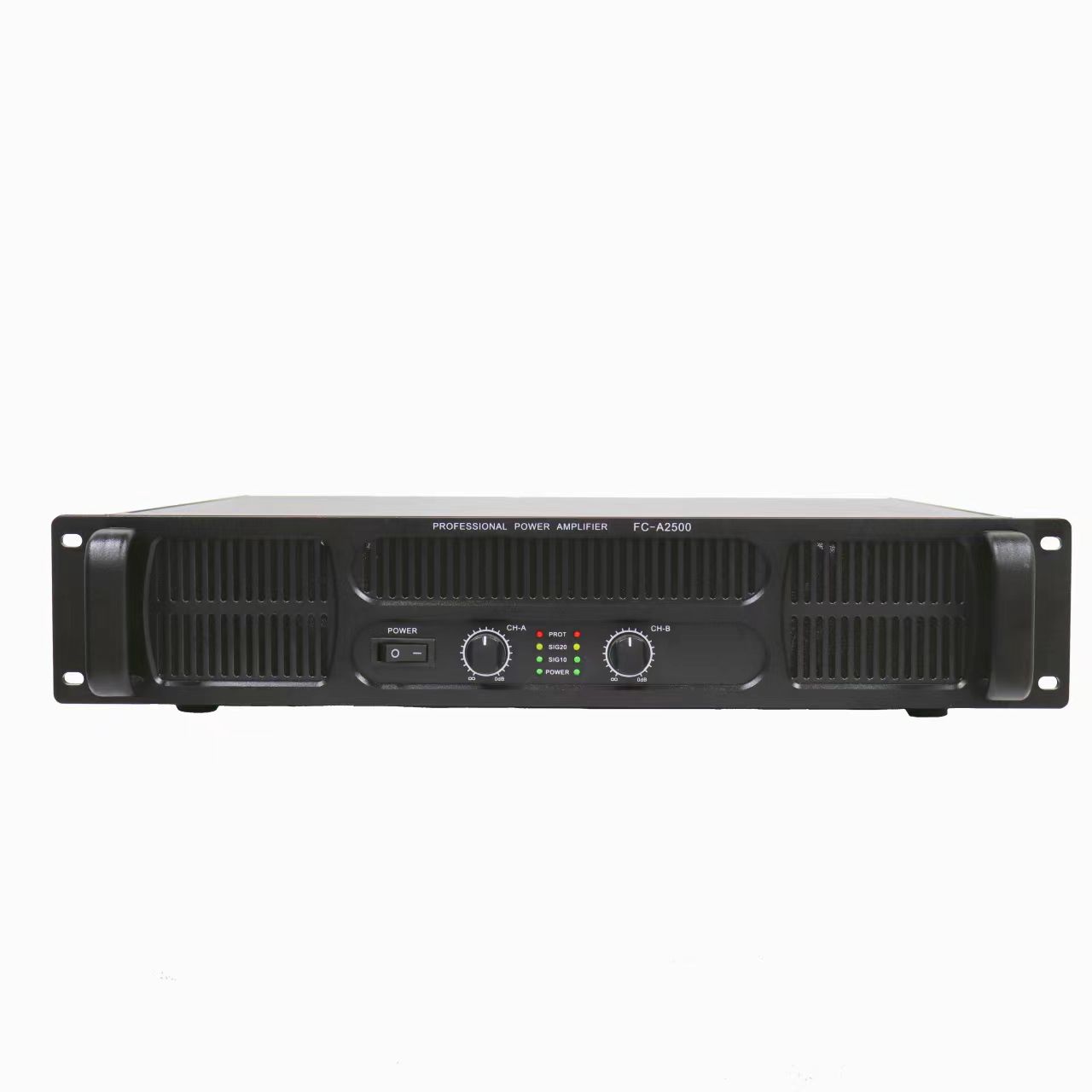
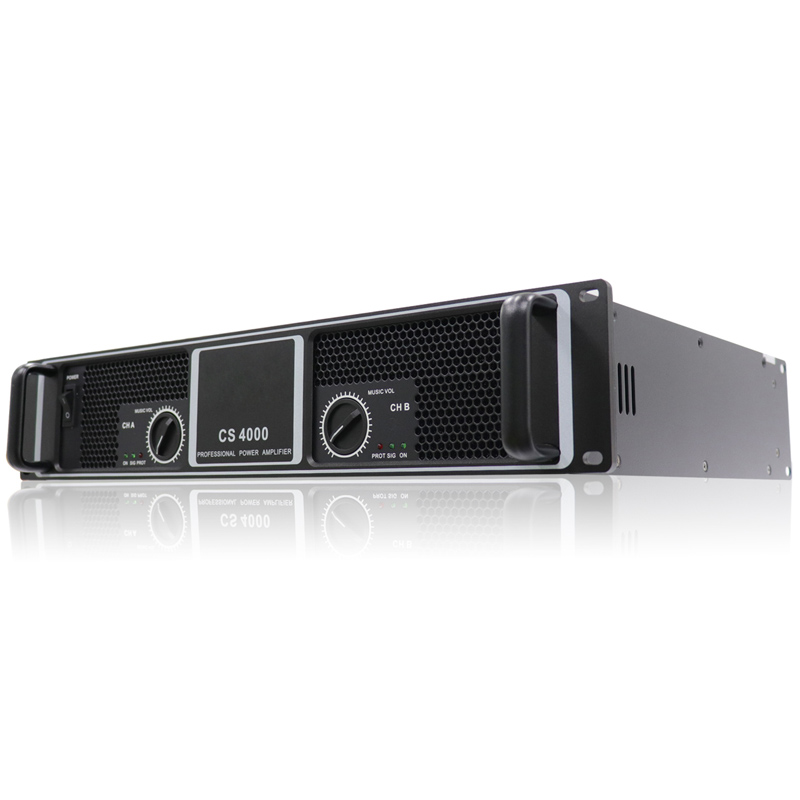
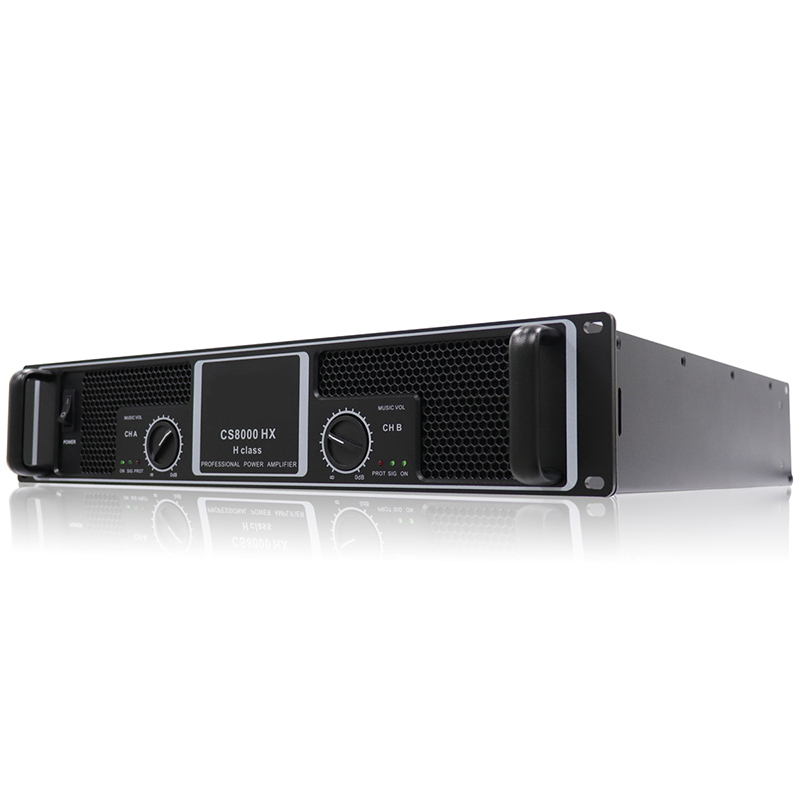

 Tel
Tel
 Email
Email
 Address
Address











